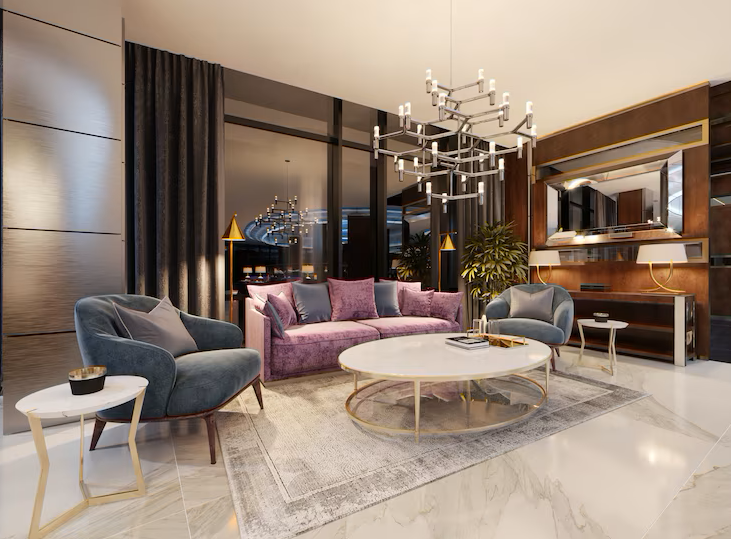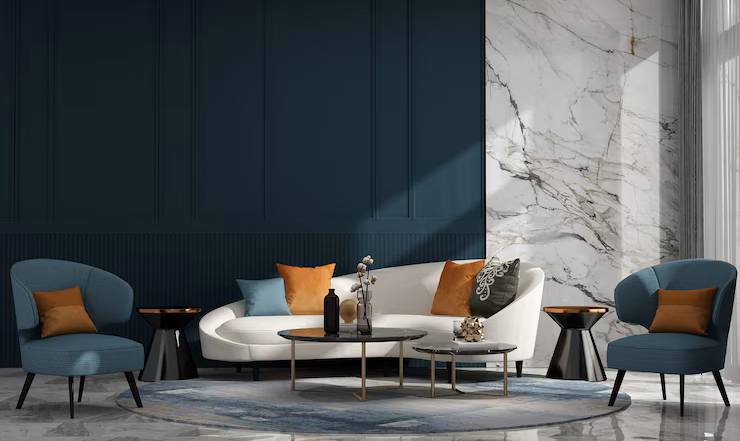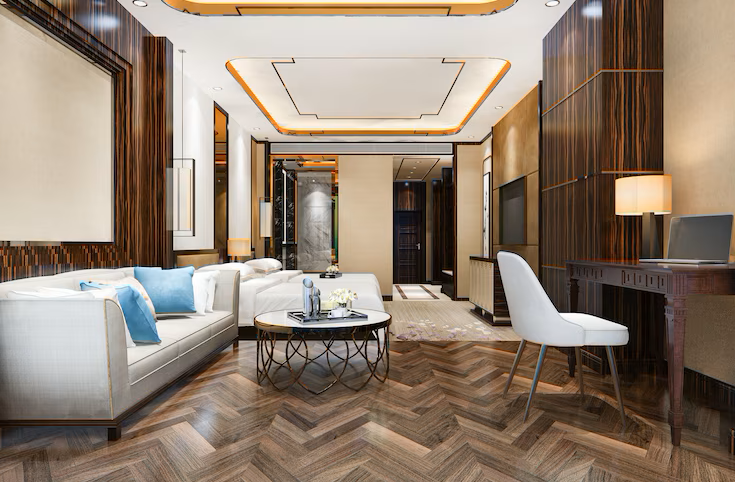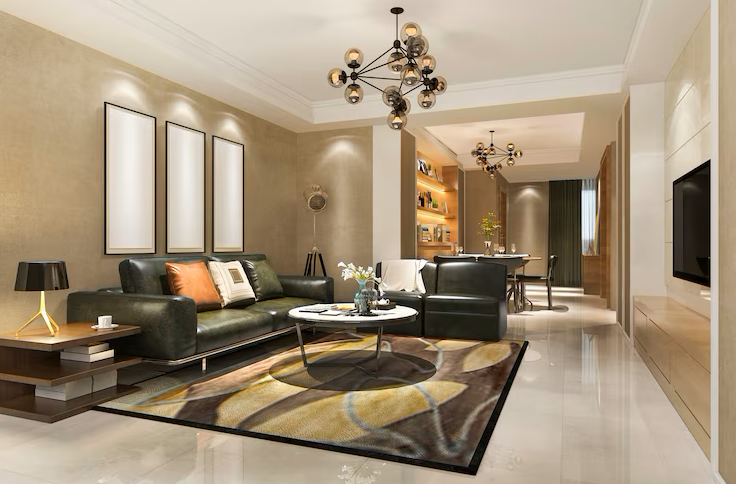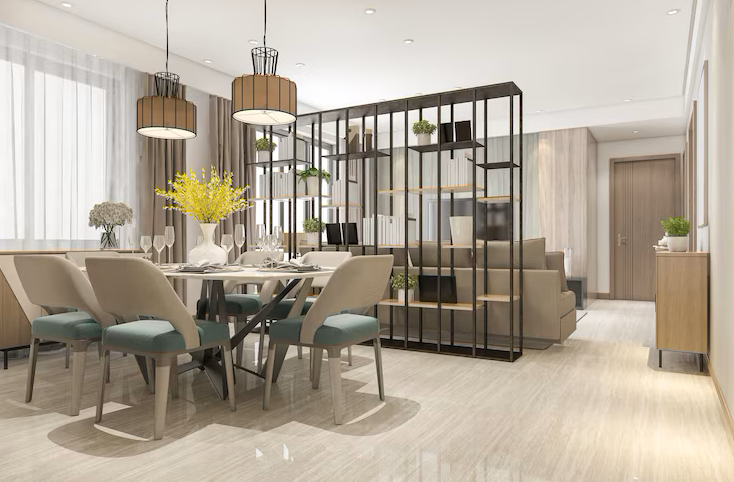Environmental Compliance Made Easy for Interior Designers in Chennai
Designing beautiful interiors is no longer just about aesthetics and functionality—it also involves being mindful of the environment. With increasing awareness of sustainable practices and stricter environmental regulations, Interior Designers in Chennai are stepping up to ensure their projects meet both design goals and environmental standards.
In this blog, we’ll explore what environmental compliance means for interior designers, why it matters, and how professionals in Chennai can integrate it seamlessly into their workflow.
Understanding Environmental Compliance in Interior Design
Environmental compliance refers to adhering to environmental laws, regulations, and standards that aim to protect the environment. For interior designers, this means:
-
Using eco-friendly and non-toxic materials
-
Minimizing waste and managing construction debris
-
Ensuring proper ventilation and indoor air quality
-
Reducing energy and water consumption
-
Following government guidelines like EIA (Environmental Impact Assessment), EC (Environmental Clearance), and green building codes
In Chennai, where the real estate and construction industries are booming, environmental regulations are particularly important. The city’s unique coastal ecosystem and growing urban footprint demand more responsible design practices.
Why It Matters for Interior Designers in Chennai
-
Client Expectations Are Evolving
Modern clients are increasingly environmentally conscious. Whether it’s residential villas in ECR or luxury apartments in Anna Nagar, clients expect eco-friendly design solutions—from bamboo flooring to low-VOC paints. -
Regulatory Pressure
Chennai’s building and planning authorities, including the CMDA (Chennai Metropolitan Development Authority), are encouraging sustainable construction. Interior Designers in Chennai who work closely with architects and developers need to ensure their work complies with these policies. -
Brand Reputation and Competitive Edge
Designers who champion sustainability not only contribute to the environment but also differentiate themselves in a competitive market. Certifications like IGBC (Indian Green Building Council) or LEED can add prestige to a designer’s portfolio.
Key Areas of Environmental Compliance in Interior Design
1. Sustainable Materials
Interior designers should prioritize:
-
Recycled wood or reclaimed furniture
-
Low-emission adhesives and finishes
-
Eco-certified products (like FSC-certified wood)
-
Natural fabrics and biodegradable materials
Sourcing locally available, environmentally responsible materials also supports the regional economy and reduces carbon footprints.
2. Energy Efficiency
Incorporating energy-saving elements in interior design can make a huge difference. Examples include:
-
LED lighting solutions
-
Smart HVAC integration
-
Motion-sensor lighting for commercial spaces
-
Strategic use of daylight through glass partitions and reflective surfaces
Interior Designers in Chennai are increasingly collaborating with MEP (Mechanical, Electrical, Plumbing) consultants to ensure these elements are optimized.
3. Indoor Air Quality
Proper ventilation and the use of low-VOC (volatile organic compounds) paints and sealants ensure healthier indoor environments, which is crucial in Chennai’s humid climate.
Adding indoor plants, activated carbon air purifiers, or using breathable building materials helps maintain good air quality in closed interiors.
4. Water Conservation
Designers can incorporate:
-
Sensor-based faucets
-
Greywater recycling systems (in collaboration with plumbing consultants)
-
Rainwater harvesting integration into interior utility spaces
Water conservation is especially relevant in Chennai, a city that faces frequent water scarcity challenges.
Making Environmental Compliance Easy: Tips for Interior Designers
● Stay Updated with Local Regulations
Designers must stay informed about building norms laid out by the CMDA, DTCP, and the Ministry of Environment. Partnering with experienced legal or architectural consultants can help navigate compliance paperwork smoothly.
● Use Green Certifications as Design Frameworks
Working toward certifications like IGBC, LEED, or GRIHA offers a structured approach to compliance. These standards provide checklists that guide material selection, construction practices, and post-completion audits.
● Partner with Green Suppliers and Contractors
Chennai has a growing network of eco-conscious vendors supplying green building materials, furniture, and lighting. Collaborating with these suppliers makes it easier to meet compliance standards without compromising on style.
● Educate Clients
One major barrier to eco-friendly design is client hesitation, often due to perceived higher costs. Interior Designers in Chennai must educate clients about long-term benefits—lower energy bills, improved health, and higher resale values.
● Leverage Technology
Use tools like BIM (Building Information Modeling) and energy modeling software to visualize energy consumption and environmental impact during the design phase itself. These help in making informed design choices early.
Success Stories from Chennai
Many Interior Designers in Chennai are already pioneering eco-friendly projects. From transforming heritage bungalows in Mylapore into sustainable co-working spaces to designing IGBC-certified office interiors in Teynampet, the city is full of inspiring examples.
One such project includes a designer integrating a zero-waste kitchen system into a high-end apartment in Adyar, complete with composting units and water-saving fixtures—setting a new benchmark for green interiors.
Final Thoughts
Environmental compliance doesn’t have to be overwhelming. With the right knowledge, partnerships, and mindset, Interior Designers in Chennai can lead the way in designing spaces that are not only visually stunning but also ecologically responsible.
By embracing sustainable practices, you don’t just design for today—you create a healthier tomorrow.

